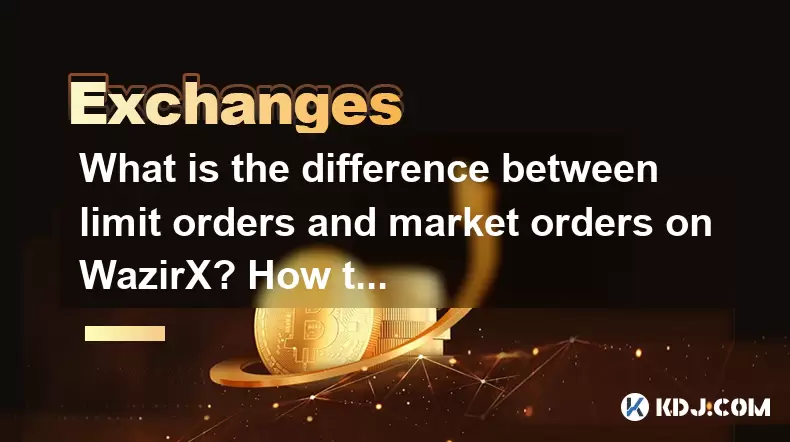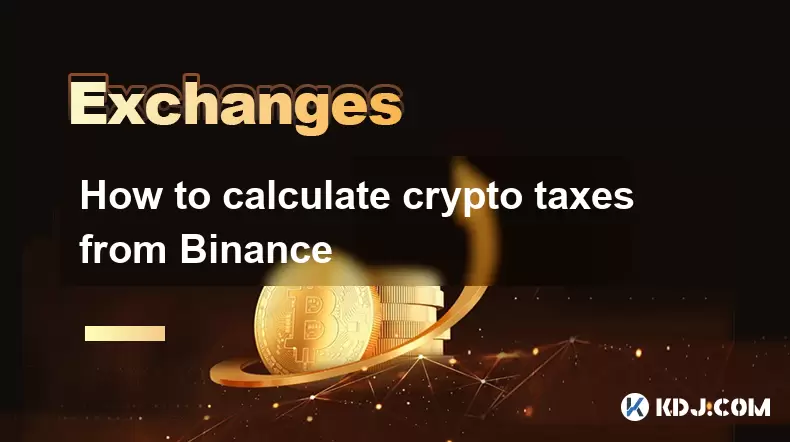-
 Bitcoin
Bitcoin $117500
2.15% -
 Ethereum
Ethereum $3911
6.19% -
 XRP
XRP $3.316
10.79% -
 Tether USDt
Tether USDt $1.000
0.01% -
 BNB
BNB $787.2
2.24% -
 Solana
Solana $175.2
4.15% -
 USDC
USDC $0.9999
0.00% -
 Dogecoin
Dogecoin $0.2225
8.40% -
 TRON
TRON $0.3383
0.28% -
 Cardano
Cardano $0.7868
6.02% -
 Stellar
Stellar $0.4382
9.34% -
 Hyperliquid
Hyperliquid $40.92
7.56% -
 Sui
Sui $3.764
7.63% -
 Chainlink
Chainlink $18.48
10.66% -
 Bitcoin Cash
Bitcoin Cash $582.1
1.88% -
 Hedera
Hedera $0.2601
6.30% -
 Avalanche
Avalanche $23.33
4.94% -
 Ethena USDe
Ethena USDe $1.001
0.02% -
 Litecoin
Litecoin $122.3
2.04% -
 UNUS SED LEO
UNUS SED LEO $8.969
-0.27% -
 Toncoin
Toncoin $3.339
0.86% -
 Shiba Inu
Shiba Inu $0.00001287
4.30% -
 Uniswap
Uniswap $10.43
7.38% -
 Polkadot
Polkadot $3.861
5.08% -
 Dai
Dai $1.000
0.02% -
 Bitget Token
Bitget Token $4.513
3.41% -
 Monero
Monero $267.7
-6.18% -
 Cronos
Cronos $0.1499
4.14% -
 Pepe
Pepe $0.00001110
5.15% -
 Aave
Aave $284.9
8.28%
What is the difference between limit orders and market orders on WazirX? How to set it?
Limit orders on WazirX let you set a specific price for crypto trades, while market orders execute at current prices, offering speed but less price control.
May 17, 2025 at 11:29 pm

When trading cryptocurrencies on WazirX, understanding the difference between limit orders and market orders is crucial for effective trading. Limit orders allow you to set a specific price at which you want to buy or sell a cryptocurrency, while market orders execute the trade at the current market price. This article will delve into the distinctions between these two types of orders and provide a detailed guide on how to set them up on WazirX.
What is a Limit Order?
A limit order is an order to buy or sell a cryptocurrency at a specified price or better. If the market reaches your specified price, the order will be executed. If the market does not reach your price, the order will not be filled, and it remains active until it is either filled or canceled.
- Advantages of Limit Orders: Limit orders give you control over the price at which you trade, which can be beneficial in volatile markets. They allow you to set a target price and potentially get a better deal than the current market price.
- Disadvantages of Limit Orders: The main disadvantage is that there is no guarantee that your order will be filled. If the market does not reach your specified price, your order may remain unfilled.
How to Set a Limit Order on WazirX
Setting a limit order on WazirX involves a few straightforward steps. Here is a detailed guide:
- Log into Your WazirX Account: Start by logging into your WazirX account.
- Navigate to the Trading Page: Once logged in, navigate to the trading page where you can see the order book and trading charts.
- Select the Cryptocurrency Pair: Choose the cryptocurrency pair you want to trade, for example, BTC/INR.
- Choose the Order Type: On the trading interface, select "Limit" as the order type.
- Enter the Price and Quantity: Enter the price at which you want to buy or sell the cryptocurrency and the quantity you wish to trade.
- Review and Confirm the Order: Double-check the details of your order and click "Buy" or "Sell" to place the order.
What is a Market Order?
A market order is an order to buy or sell a cryptocurrency at the current market price. This type of order is executed immediately at the best available price in the market.
- Advantages of Market Orders: Market orders are executed quickly, ensuring that you get into or out of a trade without delay. They are useful when you want to trade immediately at the current market price.
- Disadvantages of Market Orders: The main disadvantage is that you have no control over the execution price. In highly volatile markets, the price at which your order is filled may differ significantly from the price you see when you place the order.
How to Set a Market Order on WazirX
Setting a market order on WazirX is even simpler than setting a limit order. Here is a step-by-step guide:
- Log into Your WazirX Account: Log into your WazirX account.
- Navigate to the Trading Page: Go to the trading page where you can see the order book and trading charts.
- Select the Cryptocurrency Pair: Choose the cryptocurrency pair you want to trade, such as BTC/INR.
- Choose the Order Type: On the trading interface, select "Market" as the order type.
- Enter the Quantity: Enter the quantity of the cryptocurrency you want to buy or sell.
- Review and Confirm the Order: Review the details of your order and click "Buy" or "Sell" to place the order.
Choosing Between Limit and Market Orders
Deciding whether to use a limit order or a market order depends on your trading strategy and the current market conditions. If you prioritize price control and are willing to wait for the market to reach your desired price, a limit order is the better choice. If you need to execute a trade immediately and are less concerned about the exact price, a market order is more suitable.
Practical Examples of Using Limit and Market Orders
To illustrate the practical use of limit and market orders, consider the following examples:
- Example of a Limit Order: Suppose you want to buy 1 BTC at a price of 3,000,000 INR. You set a limit order at this price. If the market price of BTC drops to 3,000,000 INR, your order will be executed, and you will buy 1 BTC at your desired price. If the price does not reach 3,000,000 INR, your order remains unfilled.
- Example of a Market Order: Suppose you want to sell 1 BTC immediately. You set a market order, and it is executed at the best available price at that moment, which could be 3,200,000 INR. This ensures that your trade is executed without delay, but you have no control over the exact selling price.
Frequently Asked Questions
Q: Can I cancel a limit order on WazirX if it is not filled?
A: Yes, you can cancel a limit order on WazirX at any time if it has not been filled. To do this, navigate to the "Open Orders" section on the trading page, find the order you want to cancel, and click the "Cancel" button.
Q: What happens if I place a market order when the market is highly volatile?
A: In a highly volatile market, the price at which your market order is filled may differ significantly from the price you see when you place the order. This is because market orders are executed at the best available price at the time of execution, which can change rapidly in volatile conditions.
Q: Are there any fees associated with limit and market orders on WazirX?
A: Yes, WazirX charges trading fees for both limit and market orders. The fee structure may vary, so it's important to check the current fee schedule on the WazirX website before placing any orders.
Q: Can I set a limit order to buy a cryptocurrency at a lower price than the current market price?
A: Yes, you can set a limit order to buy a cryptocurrency at a price lower than the current market price. If the market price drops to your specified price, your order will be executed. If the market price does not reach your specified price, the order will remain unfilled.
Disclaimer:info@kdj.com
The information provided is not trading advice. kdj.com does not assume any responsibility for any investments made based on the information provided in this article. Cryptocurrencies are highly volatile and it is highly recommended that you invest with caution after thorough research!
If you believe that the content used on this website infringes your copyright, please contact us immediately (info@kdj.com) and we will delete it promptly.
- Ethereum, Staking Yields, and DeFi Exposure: A New Era for Investors?
- 2025-08-08 15:10:12
- Unilabs Pumps MIA, Binance Coin Bouncing Back, and Ethereum's Bearish Blues
- 2025-08-08 15:10:12
- Ethereum's Wyckoff Markup and Market Rotation: A New Era?
- 2025-08-08 15:30:12
- Ethereum, Vitalik Buterin, and the Overleveraged Game: A Balancing Act
- 2025-08-08 15:30:12
- Ethereum, Corporate Treasuries, and Vitalik Buterin: A New Era for ETH?
- 2025-08-08 15:36:08
- BNB Price, Binance Staking, and SEC Concerns: What's the Deal?
- 2025-08-08 15:36:08
Related knowledge

How to use margin trading on Poloniex
Aug 08,2025 at 09:50am
Understanding Margin Trading on Poloniex

How to use advanced trading on Gemini
Aug 08,2025 at 04:07am
Understanding Advanced Trading on GeminiAdvanced trading on Gemini refers to a suite of tools and order types designed for experienced traders who wan...

How to deposit USD on Bitstamp
Aug 07,2025 at 05:18pm
Understanding Bitstamp and USD DepositsBitstamp is one of the longest-standing cryptocurrency exchanges in the industry, offering users the ability to...

How to use the Kraken Pro interface
Aug 08,2025 at 09:57am
Understanding the Kraken Pro Interface LayoutThe Kraken Pro interface is designed for both novice and experienced traders seeking a streamlined experi...

How to find my transaction ID on Gemini
Aug 08,2025 at 12:50am
Understanding the Transaction ID in Cryptocurrency ExchangesA transaction ID (TXID) is a unique alphanumeric string that identifies a specific transfe...

How to calculate crypto taxes from Binance
Aug 08,2025 at 07:56am
Understanding Cryptocurrency Taxation on BinanceCalculating crypto taxes from Binance requires a clear understanding of how tax authorities classify d...

How to use margin trading on Poloniex
Aug 08,2025 at 09:50am
Understanding Margin Trading on Poloniex

How to use advanced trading on Gemini
Aug 08,2025 at 04:07am
Understanding Advanced Trading on GeminiAdvanced trading on Gemini refers to a suite of tools and order types designed for experienced traders who wan...

How to deposit USD on Bitstamp
Aug 07,2025 at 05:18pm
Understanding Bitstamp and USD DepositsBitstamp is one of the longest-standing cryptocurrency exchanges in the industry, offering users the ability to...

How to use the Kraken Pro interface
Aug 08,2025 at 09:57am
Understanding the Kraken Pro Interface LayoutThe Kraken Pro interface is designed for both novice and experienced traders seeking a streamlined experi...

How to find my transaction ID on Gemini
Aug 08,2025 at 12:50am
Understanding the Transaction ID in Cryptocurrency ExchangesA transaction ID (TXID) is a unique alphanumeric string that identifies a specific transfe...

How to calculate crypto taxes from Binance
Aug 08,2025 at 07:56am
Understanding Cryptocurrency Taxation on BinanceCalculating crypto taxes from Binance requires a clear understanding of how tax authorities classify d...
See all articles

























































































